Life in plastic, it’s fantastic: Japan’s ‘fake food’ looks tastier than real food
Mon 06 Mar 2017, 18:37:46
There are no complex machines or special tools at Hatanaka, an eight-person firm in a Tokyo suburb where veterans like Mishima see themselves as artists.
It’s just simple cutting tools, paint brushes, airbrush guns, and drying ovens at the little company with a “Fake Food Hatanaka” sign out front.
They don’t use wax anymore -- it’s durable silicone these days -- but the practice has otherwise changed little since the first replicas were made in Japan about a century ago.
During the early 1920s, artists producing models of human organs for doctors, were approached by restaurants to do the same thing for the food they wanted to sell.
The idea spread rapidly as eating out soared in popularity and rural people flocked to the cities. Unused to what city restaurants had to offer, the models gave country dwellers and locals alike a quick visual rundown of the chef’s specialities.
They’re also a handy point-and-order option for foreign
tourists in a country where most menus are in Japanese only.
tourists in a country where most menus are in Japanese only.
“Photos don’t really give a sense of volume -- the replicas are the actual size so customers know immediately when they go into a restaurant what to expect, even before they’re served,” said Norihito Hatanaka, who runs the family company which was founded in the mid-sixties.
Hatanaka doesn’t worry much about new technologies, such as 3-D printers, taking over the food replica business.
Any food can be recreated from a silicone mold, whether it’s a spongy cake or sizzling hamburger. (AFP)
“3-D printers cannot recreate an artist’s touch and it would ultimately be more expensive because the materials are pricey and you’d still have to keep painting them,” he says.
“It’s a job for humans who have the creativity that machines lack. They don’t know what is beautiful and appetising.”
For veteran Mishima some the hardest work is reproducing raw products like sushi.
No Comments For This Post, Be first to write a Comment.
Most viewed from Specials
Most viewed from World
AIMIM News
Latest Urdu News
Most Viewed
May 26, 2020
Can Lionel Messi's visit boost Indian football?
Latest Videos View All
Like Us
Home
About Us
Advertise With Us
All Polls
Epaper Archives
Privacy Policy
Contact Us
Download Etemaad App
© 2025 Etemaad Daily News, All Rights Reserved.



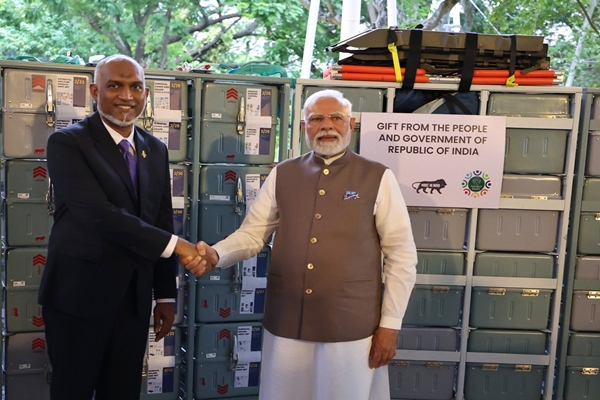



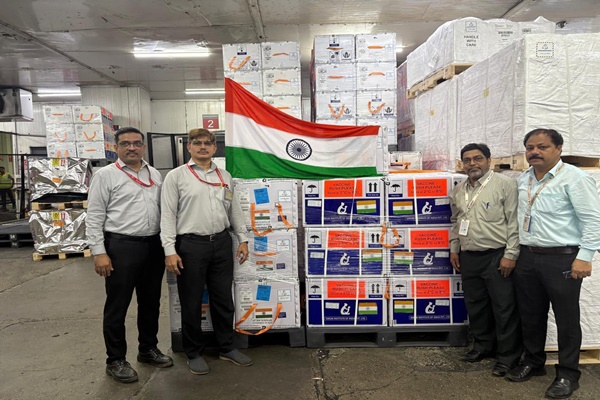

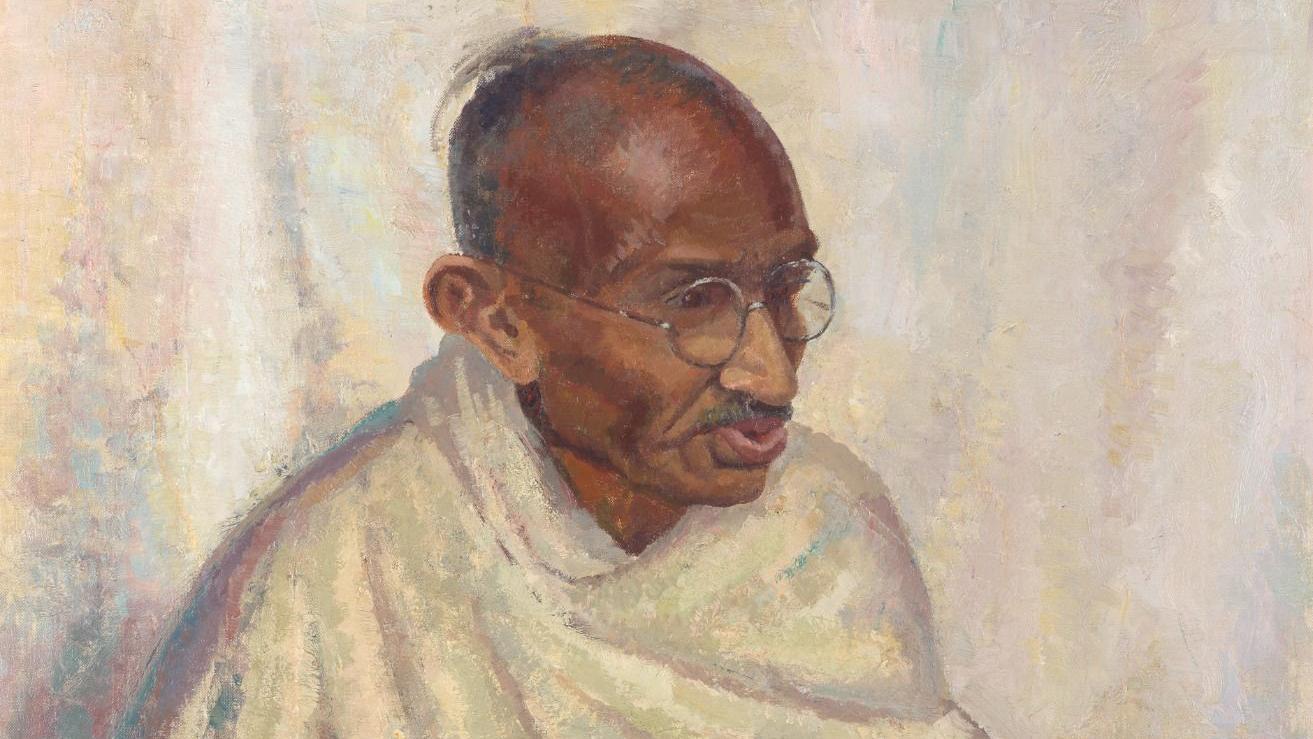












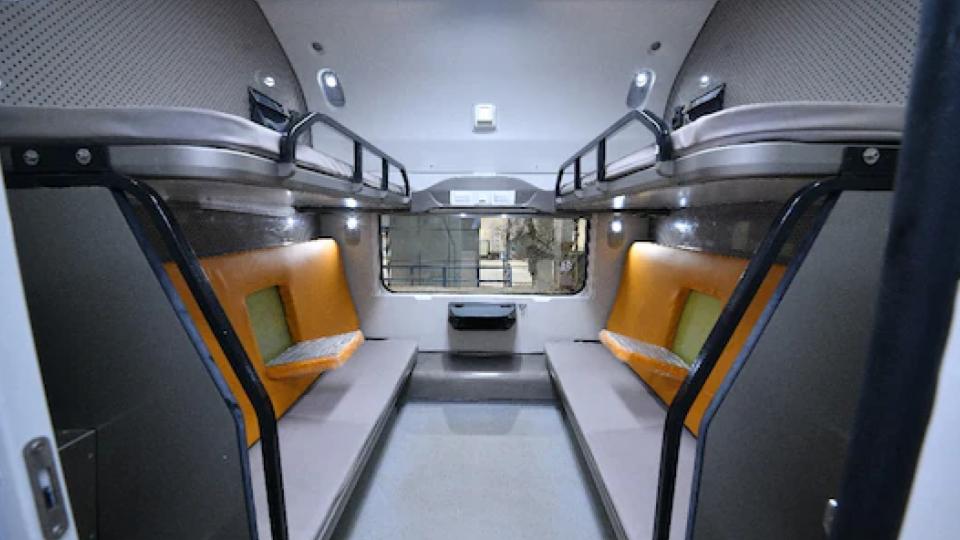



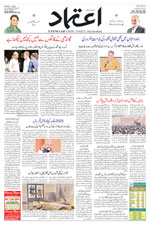










.jpg)
.jpg)
.jpg)


